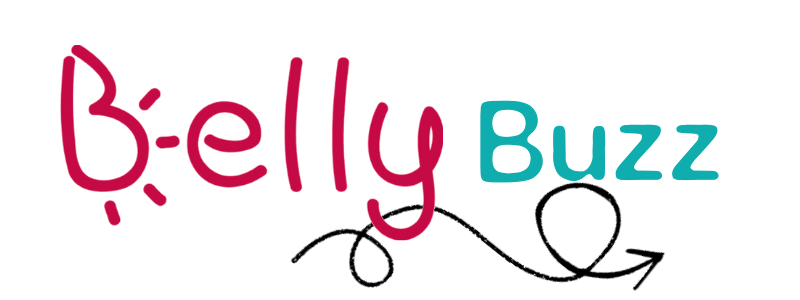 Purchase our book here: Shop
Purchase our book here: Shop
By Jennifer LoPrete, Co-author of Itsabelly’s Guide to Going Green with Baby
Probably the most common praise we receive for our book, Itsabelly’s Guide to Going Green with Baby, is that we offer parents down-to-earth, practical advice on going green affordably. Itsabelly Baby Planners believe that everyone feels good in a different shade of green and we work together to find the best lifestyle choices that match your unique shade of green. A common misconception is that going green takes big bucks. And it can be hard to think otherwise when you see the price tag hanging from the eco-friendly baby rattle or non-toxic baby bottle. Itsabelly Baby Planners work with their clients to find the areas where going green matters the most to the family. When looking at the whole picture of a family’s purchases for baby, we can find areas where we can go green on the cheap.
Our book covers the topic more in-depth, but we thought we’d give you a few sneak peeks and tips here in a series of “Going Green on the Cheap” blog posts. Our first post covers some tips to help you evaluate where to focus your greening efforts. First, really ask yourself what areas matters the most to you in making non-toxic choices. To make it simple, we advise our clients to focus on what goes into baby’s mouth, touches baby’s skin and what baby will smell.
What Baby Eats
- Once baby is eating solids, try to make homemade baby food. Not only will you save money, you know exactly what baby is eating. With a food processor and blender and a few ice cube trays (The Soft Landing has some fabulous non-toxic eating supplies.) you can freeze batches of baby food. Freezing baby food is also a great way to take advantage of seasonal fruits and vegetables and supermarket sales.
- At least buy organic on the most pesticide-laden items like dairy and produce. Avoid the “Dirty Dozen” of the fruits and veggies with the most pesticide residue and choose from the “Clean Fifteen” instead. The Environmental Working Group (EWG) has a full list of fruit and vegetable rankings. Download their convenient wallet guide or iPhone App.
What Touches Baby’s Skin
- Avoid nasty chemicals in diapers and use an eco-friendly diapering system, such as cloth or hybrids like gDiapers.
- Before buying skincare products, check the EWG Skin Deep Cosmetics database to discover the toxicity of the product’s ingrediens.
- Beware of skincare products with perfumes. “Fragance” on an ingredient label is often the hiding spot for toxic chemicals.
What Baby Smells
- Before you paint the nursery, consider using a low to zero-volatile organic compound (VOC) paint to avoid toxic chemicals that cause respiratory, skin and eye irritation, muscle weakness and other serious ailments and diseases, such as cancer, according to the EPA.
- Many household cleaners contain toxic fragrances and chemicals to clean and shine your home. Use concentrated non-toxic household cleaners. Better yet, make your own! You will be amazed at what a little white vinegar, water and baking soda can achieve. Download this product and recipe guide for non-toxic household cleaners from the Washington Toxics Coalition.
- Baby will spend most of their day sleeping (hard to remember when you are up at 3 AM, but it is true). Consider splurging on a non-toxic mattress so baby isn’t inhaling the off-gassing chemicals found in many traditional mattresses. Healthy Child has an informative guide about toxins in mattresses. We like Naturepedic, Pure Beginnings and NaturalMat.

